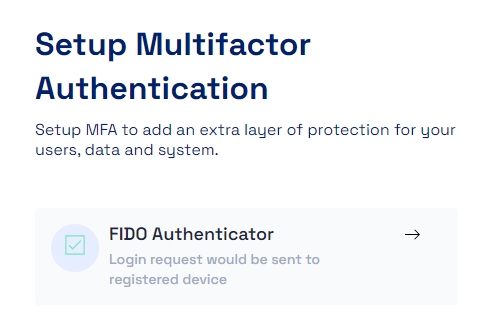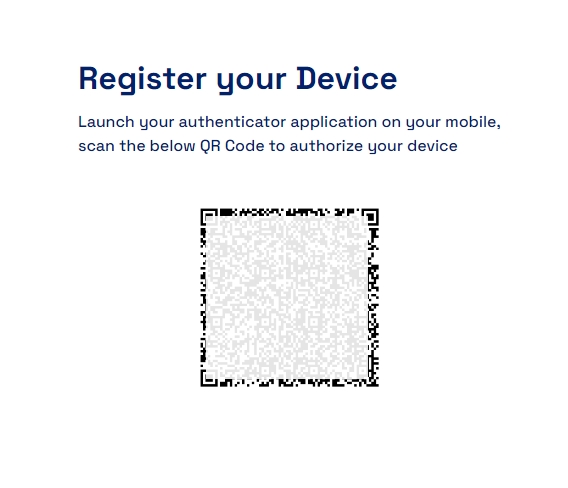FIDO Based
FIDO (Fast Identity Online) is an open standard for passwordless authentication that aims to reduce reliance on passwords and enhance online security. FIDO-based passwordless mechanisms use public-key cryptography to authenticate users without the need for traditional passwords. One of the key components of FIDO is the use of a hardware security key or biometric authentication.
Here's a brief overview of how FIDO-based passwordless mechanisms work:
Registration:
During the registration process, the user's device generates a public-private key pair.
The public key is stored on the server, while the private key remains on the user's device. The private key is typically stored in a secure element, such as a hardware security key or the device's Trusted Platform Module (TPM).
Authentication:
When a user attempts to log in, the server sends a challenge to the user's device.
The device uses the private key to sign the challenge and sends the signed response back to the server.
The server verifies the signature using the stored public key. If the verification is successful, the user is authenticated.
FIDO Protocols:
FIDO supports two main protocols: FIDO U2F (Universal 2nd Factor) and FIDO2.
Cymmetri supports the FIDO2 protocol for implemeting the passwordless mechanism
FIDO2 includes WebAuthn (for web applications) for communication between the client (user's device) and the authenticator (e.g., hardware security key).
Passwordless Options:
FIDO-based passwordless authentication can be achieved through various methods, including the use of hardware security keys, biometrics (such as fingerprint or facial recognition), or a combination of both.


Was this helpful?
